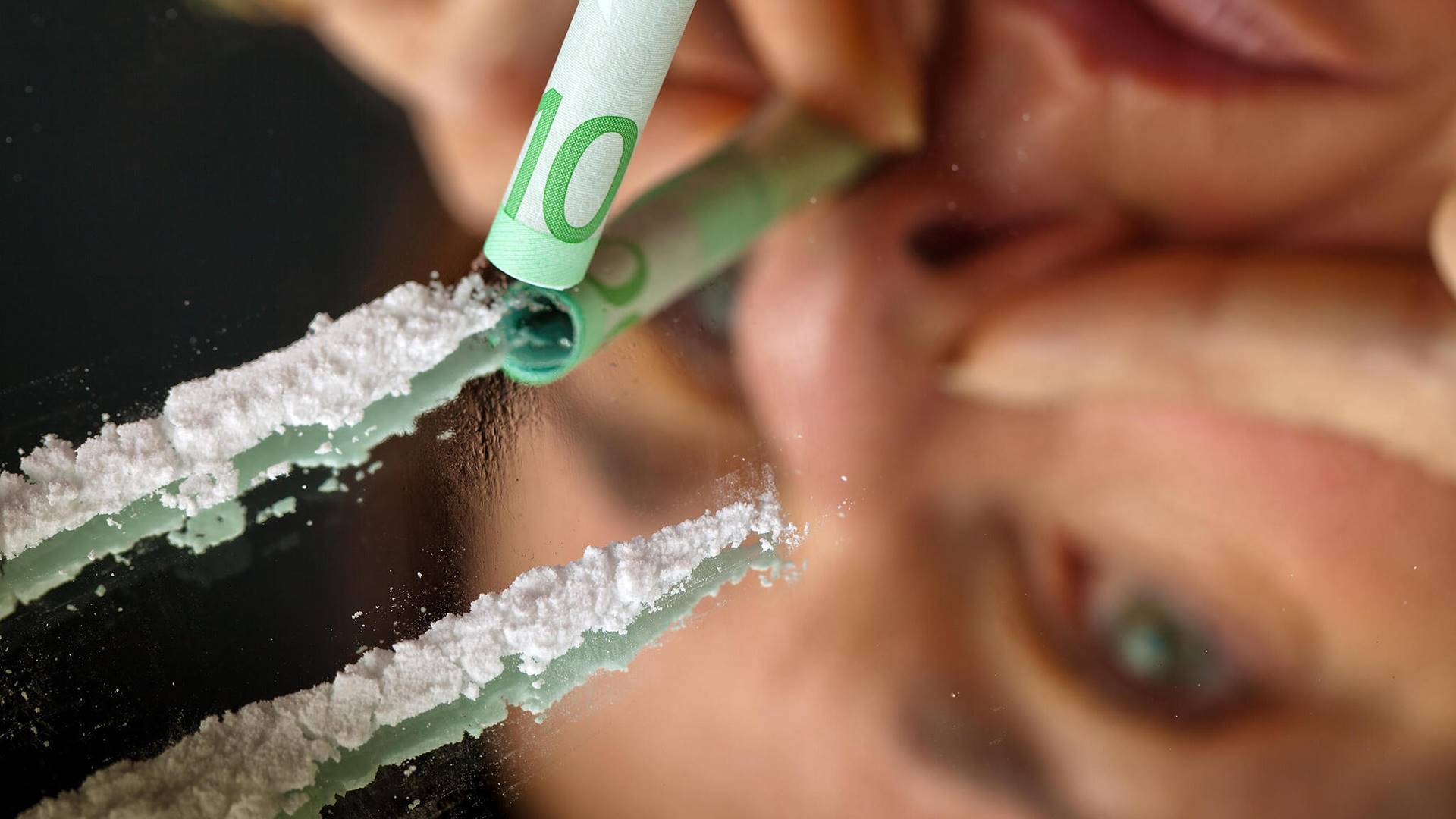Historically, based on exports to the huge US market, the axis of the global cocaine trade has tilted increasingly toward Europe over the past twenty years, published research argues

” The Cocaine Pipeline to Europe, “co-produced by InSight Crime and the Global Initiative, reports on how the growing production of cocaine in South America, the growing demand among Europeans, and the monopolization of the US market by Mexican cartels have refocused South American drug traffickers in Europe. its rise in the late 20th century has supported the creation of global criminal empires.
In the 1990s, the ‘Ndrangheta remained humble cousins of the Sicilian mafia while the Balkan unions trafficked cigarettes and heroin. Il’s Primeiro Comando da Capital (PCC) had just started as a prison gang.
The investigation into the large-scale drug trade from the Netherlands ends
Then came the cocaine
Now each of them is among the largest criminal conglomerates in the world, having established important distribution networks between the centers. of production from South America and a European retail market valued by Europol at more than 9 billion euros (almost 11 billion dollars) in 2017.
“Cocaine is a criminal steroid. Those who gain access to its riches enjoy accelerated growth and power, ”the investigation says.
This criminal expansion has in part brought about the success of the container revolution, which lowered the cost of transcontinental shipping and the large ports have been overwhelmed with the annual transit of millions of containers, the drug ban has turned into an endless – and arguably impossible to win – a game of cat and mouse.
US Drops Drug Trafficking Charges Against Ex-Mexican Official
Negotiate price, route, and time. Such mediators have become prerequisites in the fragmented criminal landscape created by the demise of the monolithic Medellin and Cali cartels in Colombia in the 1990s.
Today, both Colombian and European organized crime is trying to get their share of the Expand the value chain, with Colombian syndicates creating sales posts in Spain and Italy. Albanian and Serbian groups sending envoys to buy cocaine directly in Latin America.
However, both have seen an increasing shift towards multinational, horizontally structured drug trafficking networks that work together on individual projects before looking for it other possibilities.
In addition, these networks are among a growing number of “invisible” – quiet, quietly inconspicuous bosses like Guillermo Acevedo from Colombia, a “Memo Fantasma” (Will the Ghost), who after his career as a paramilitary commander of the drug trade lives quietly in Spain now.
“[W] we see the future [of cocaine] in [these] multinational criminal networks with an ever-flowing membership,” said Jeremy McDermott, executive director of InSight Crime and the man who found Memo Fantasma.
OCCRP / Balkantimes.press
Napomena o autorskim pravima: Dozvoljeno preuzimanje sadržaja isključivo uz navođenje linka prema stranici našeg portala sa koje je sadržaj preuzet. Stavovi izraženi u ovom tekstu autorovi su i ne odražavaju nužno uredničku politiku The Balkantimes Press.
Copyright Notice: It is allowed to download the content only by providing a link to the page of our portal from which the content was downloaded. The views expressed in this text are those of the authors and do not necessarily reflect the editorial policies of The Balkantimes Press.
